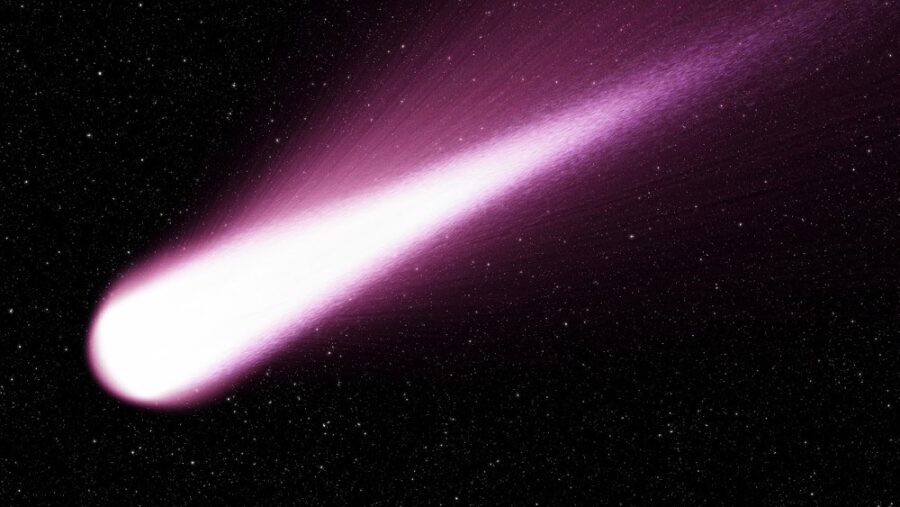By Brian Myers | Published

A recently discovered comet that scientists and amateur astronomers were hoping to see this Halloween was in an orbit a little too close to the sun. As the rocky shape crossed the solar system, the watchful eyes of astronomers and physicists from the European Space Agency and NASA were glued to its path using a telescope. The comet’s final moments were filmed as it exploded into tiny fragments after being obliterated by the intensity of the sun.
A doomed comet
The two space agencies had been tracking comet C/2024 S1 (nicknamed ATLAS) for weeks and hoped it would survive perihelion, the part of its orbit closest to the sun. The comet was originally expected to pass through the night sky during the Halloween holiday and remain visible for several nights. But as images captured by NASA and the European Space Agency’s Solar and Heliospheric Observatory show, the close approach reduced the comet to dust particles.
Scientists knew just days before the comet faded that it was doomed. Karl Battams, who is the principal investigator of the LASCO suite of instruments on the observatory, noted that “it was probably already a pile of rubble by the time it entered the field of view (from telescope)”. Certainly a disappointment for stargazers, who were hoping to catch a rare glimpse of a comet zooming so close to Earth.
Discovered weeks ago

The comet was first discovered on September 27 by the Asteroid Last Earth Impact Warning System, a Hawaii-based program that tracks objects that may be on a collision course with Earth. After studying it, it was predicted that a “spectacular show in the night sky” would take place over Halloween weekend. It turned out that even the long, shiny tail never became visible to observers.
There have been cases where other comets danced a little too close to the sun but ended up surviving the close orbit. Comet C/2023 A3, a rock thrown from ice from the Oort Cloud, was first observed in January 2023 by researchers at China’s Tsuchinshan Observatory. This comet survived its perihelion and was so close to Earth that it could be seen with the naked eye.
Kreutz Sungrazers

Comet ATLAS is classified in a group that astronomers call Kreutz sungrazers. These comets orbit extremely close to the stars they orbit, often leading to their almost inevitable destruction. This class is named after the famous astronomer Heinrich Kreutz, the first scientist to notice this feature.
Comet ATLAS and the rest of the Kreutz class of sungrazers are thought to all come from a larger comet that disintegrated years before. Besides their apparent suicide mission with the Sun, these comets are also smaller than most others observed by astronomers.
Adding to the disappointment over the disintegration of Comet ATLAS is the fact that it would have been a brilliant sight to see with the naked eye. Astronomers estimated that its brightness magnitude would have been rated at -7, brighter than the planet Venus, which has a rating of -4.6.
